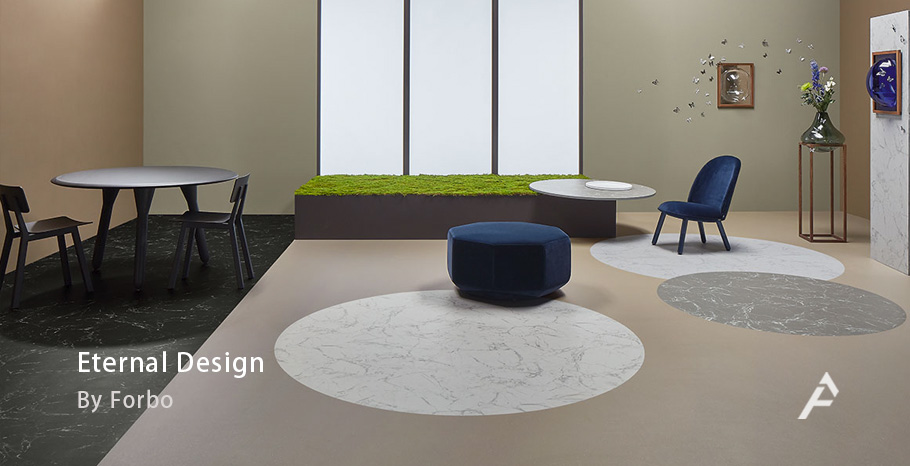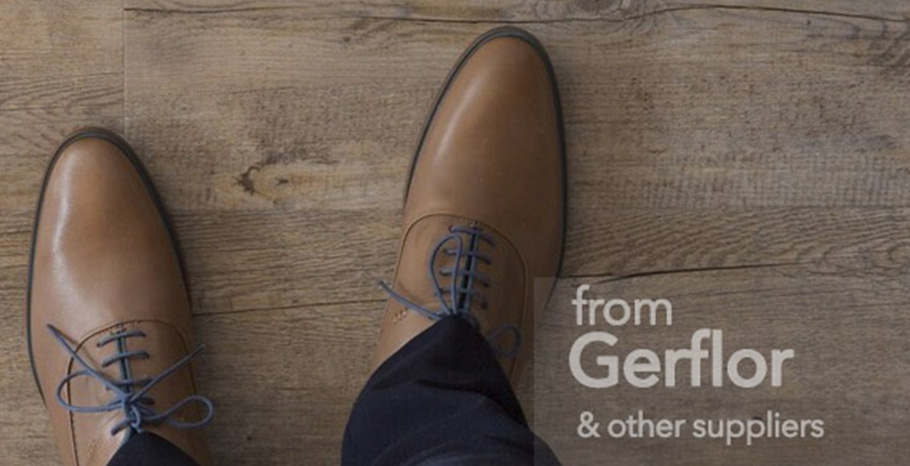Commercial Rubber Flooring
Commercial rubber flooring is a popular choice for high-traffic areas due to its durability, slip resistance, and low maintenance requirements. When considering commercial rubber flooring, there are several important aspects to keep in mind, including its benefits, installation process, and maintenance requirements.
Benefits of Commercial Rubber Flooring
- Durability: Commercial rubber flooring is highly durable and can withstand heavy foot traffic, making it ideal for commercial spaces.
- Safety: It offers slip resistance, reducing the risk of accidents in high-traffic areas.
- Noise Reduction: Rubber flooring can help absorb sound, making it suitable for spaces where noise reduction is important.
- Low Maintenance: It is relatively easy to maintain and clean, requiring simple routine care.
Installation Process for Commercial Rubber Flooring
- Subfloor Preparation: Ensure that the subfloor is clean, level, and free of any debris before installation.
- Adhesive Application: Use the appropriate adhesive to secure the rubber flooring to the subfloor, following the manufacturer’s guidelines.
- Trimming and Fitting: Trim the rubber flooring to fit the space, ensuring a precise and snug installation.
- Sealing: Depending on the type of rubber flooring, sealing may be necessary to enhance its longevity and performance.
Maintenance of Commercial Rubber Flooring
- Regular Cleaning: Sweep or vacuum the floor regularly to remove dirt and debris. Use a mild detergent and water for mopping.
- Avoid Harsh Chemicals: Refrain from using harsh chemicals that can damage the rubber flooring.
- Preventive Maintenance: Place walk-off mats at entrances to reduce the amount of dirt and moisture brought onto the rubber flooring.
When considering commercial rubber flooring, it’s essential to assess the specific needs of the space and choose the appropriate type of rubber flooring that aligns with those requirements. Additionally, proper installation and maintenance are vital for maximizing the longevity and performance of commercial rubber flooring.
Different types of Commercial Rubber Flooring
There are several types of commercial rubber flooring, each designed to meet specific performance and aesthetic requirements. Here are the most common types of commercial rubber flooring:
1. Rubber Sheet Flooring
- Description: Rubber sheet flooring is manufactured in large rolls, providing a seamless and uniform surface when installed.
- Benefits: It offers a smooth and continuous surface with minimal seams, making it easy to clean and maintain.
- Applications: Commonly used in healthcare facilities, laboratories, and areas that require a seamless and hygienic flooring solution.
2. Rubber Tile Flooring
- Description: Rubber tiles are individual units that can be easily installed and replaced, offering design flexibility.
- Benefits: They come in various colors, patterns, and thicknesses, allowing for creative and customizable flooring designs.
- Applications: Ideal for commercial spaces, such as retail stores, fitness centers, and educational facilities, where visual appeal and durability are essential.
3. Interlocking Rubber Flooring
- Description: Interlocking rubber floor tiles feature a puzzle-like design that allows for easy installation without the need for adhesives.
- Benefits: They are quick to install, making them suitable for temporary or portable flooring solutions. Additionally, they offer flexibility for reconfiguration.
- Applications: Often used in trade show booths, fitness studios, and temporary event spaces due to their ease of installation and removal.
4. Rubber Sports Flooring
- Description: Specifically designed to withstand the rigors of sports and fitness activities, rubber sports flooring is engineered for shock absorption and durability.
- Benefits: It provides cushioning and resilience, reducing the risk of injuries during athletic activities.
- Applications: Widely used in gyms, fitness centers, indoor sports facilities, and recreational areas where impact resistance and performance are crucial.
5. Raised Rubber Flooring
- Description: Raised rubber flooring consists of interlocking or modular rubber tiles supported by a grid or pedestal system, creating a raised platform.
- Benefits: It allows for airflow and drainage, making it suitable for areas prone to moisture or where underfloor access is necessary.
- Applications: Commonly used in outdoor areas, rooftop patios, and areas subject to moisture, such as pool decks and outdoor walkways.
Each type of commercial rubber flooring is engineered to meet specific performance, design, and installation requirements, catering to a wide range of commercial applications. When selecting a type of rubber flooring, it’s important to consider the specific needs of the commercial space, including traffic levels, maintenance requirements, and aesthetic preferences.
A1Flooring(VIC) provides these products and categories in Australia especially in MELBOURNE.





